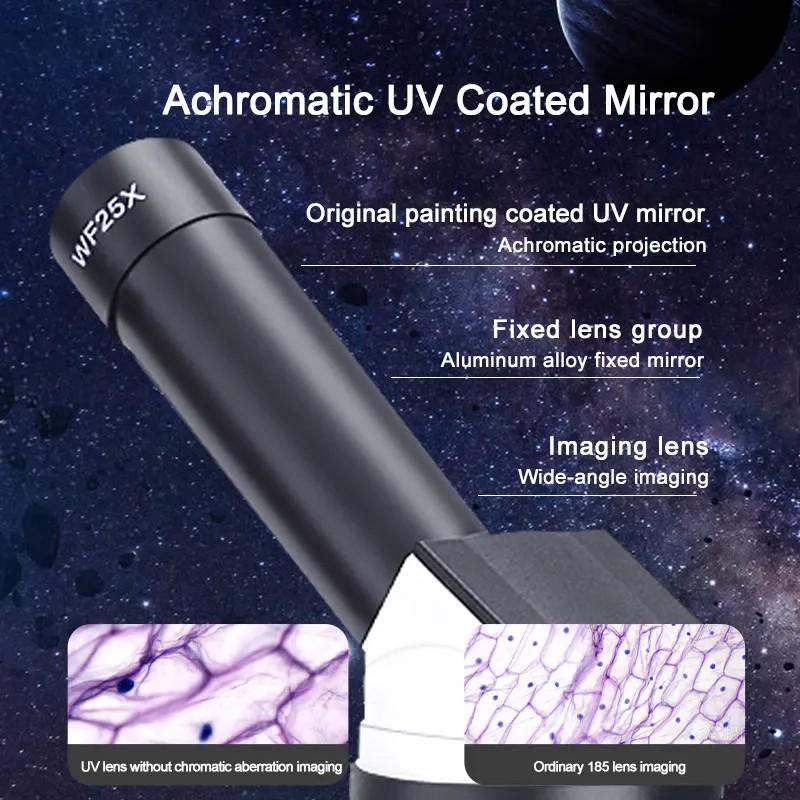What Does Herpes Look Like Under A Microscope ?
Under a microscope, herpes appears as a cluster of small, round, and translucent viral particles. These particles are known as herpes simplex virus (HSV) and can be observed using electron microscopy. HSV is a double-stranded DNA virus that belongs to the Herpesviridae family. It has a characteristic structure consisting of an icosahedral capsid surrounded by an envelope. The envelope is studded with glycoprotein spikes that help the virus attach to and enter host cells. Within the capsid, the viral DNA is tightly packed. When observed under a microscope, the herpes virus particles can be seen as distinct, spherical structures.
1、 Herpes Simplex Virus (HSV) Structure and Morphology
Herpes Simplex Virus (HSV) is a common viral infection that affects millions of people worldwide. It is caused by two types of viruses: HSV-1 and HSV-2. To understand what herpes looks like under a microscope, it is important to examine the structure and morphology of the virus.
Under an electron microscope, HSV appears as a spherical or pleomorphic enveloped virus. The virus consists of an outer envelope, an inner tegument layer, and a nucleocapsid. The outer envelope is derived from the host cell membrane and contains viral glycoproteins that play a crucial role in viral attachment and entry into host cells.
The nucleocapsid of HSV is icosahedral in shape and is composed of capsid proteins that enclose the viral DNA genome. The capsid is surrounded by an amorphous protein layer called the tegument, which contains various viral proteins involved in viral replication and assembly.
Within the nucleocapsid, the viral DNA genome is tightly packed and is linear, double-stranded DNA. The genome of HSV-1 is approximately 152 kilobase pairs long, while HSV-2 has a slightly smaller genome of about 155 kilobase pairs.
It is important to note that the appearance of herpes under a microscope may vary depending on the stage of infection and the specific strain of the virus. Additionally, advancements in microscopy techniques and research may provide further insights into the structure and morphology of HSV.
In conclusion, herpes simplex virus appears as a spherical or pleomorphic enveloped virus under a microscope. Its structure consists of an outer envelope, an inner tegument layer, and a nucleocapsid containing the viral DNA genome. Further research and advancements in microscopy techniques continue to enhance our understanding of the virus's structure and morphology.

2、 Herpes Viral Particles and Capsid Characteristics
Herpes is a viral infection caused by the herpes simplex virus (HSV). When examining herpes under a microscope, several distinct characteristics of the virus can be observed.
Herpes viral particles, also known as virions, are spherical in shape and relatively large compared to other viruses. They measure approximately 120-200 nanometers in diameter. The outer surface of the virion is covered by a lipid envelope derived from the host cell membrane, which is studded with viral glycoproteins. These glycoproteins play a crucial role in the attachment and entry of the virus into host cells.
Under high magnification, the herpes virion reveals an icosahedral capsid structure. The capsid is composed of 162 capsomeres, arranged in a symmetrical pattern. Each capsomere is made up of multiple copies of the viral capsid protein. The capsid encloses the viral genome, which consists of a linear, double-stranded DNA molecule.
Within the capsid, electron-dense core structures can be observed. These structures are thought to be involved in packaging and protecting the viral DNA during transmission and replication. The core also contains various viral enzymes necessary for viral replication, such as DNA polymerase.
It is important to note that the appearance of herpes under a microscope may vary depending on the stage of infection and the specific strain of HSV. Additionally, advancements in microscopy techniques and imaging technology may provide more detailed insights into the structure and dynamics of herpes viral particles.
It is worth mentioning that while microscopy provides valuable information about the physical characteristics of herpes, it is not the primary diagnostic method for herpes infections. Clinical diagnosis is typically based on symptoms, medical history, and laboratory tests such as viral culture or polymerase chain reaction (PCR) assays.

3、 Herpesvirus Replication Cycle and Intracellular Features
Herpesvirus is a family of viruses that includes several types, such as herpes simplex virus type 1 (HSV-1) and type 2 (HSV-2), as well as varicella-zoster virus (VZV). When examining herpesvirus under a microscope, several distinct features can be observed during its replication cycle.
During the early stages of infection, herpesvirus attaches to the host cell membrane and enters the cell. Once inside, the virus releases its genetic material, which consists of double-stranded DNA. This DNA is then transported to the nucleus of the host cell, where it is replicated and transcribed.
Under a microscope, the replication of herpesvirus DNA can be visualized as distinct clusters or foci within the nucleus of the infected cell. These clusters represent sites of viral DNA replication and transcription. Additionally, viral proteins involved in DNA replication, such as the viral DNA polymerase, can be observed as punctate structures within the nucleus.
As the replication cycle progresses, viral DNA is packaged into new viral particles called capsids. These capsids are then transported to the cytoplasm, where they acquire an outer envelope derived from the host cell membrane. The mature viral particles, or virions, can be visualized under a microscope as spherical structures with an outer envelope.
In recent years, advancements in microscopy techniques have allowed for more detailed visualization of herpesvirus replication. For example, super-resolution microscopy techniques have revealed the intricate organization of viral replication compartments within the nucleus. These compartments, known as viral replication compartments, are thought to provide an optimal environment for viral DNA replication and transcription.
In conclusion, under a microscope, herpesvirus can be observed as clusters of viral DNA replication and transcription within the nucleus of infected cells, as well as mature virions with an outer envelope in the cytoplasm. Ongoing research continues to shed light on the intracellular features and replication cycle of herpesvirus, providing a deeper understanding of its biology and potential targets for antiviral therapies.

4、 Herpesvirus DNA Packaging and Genome Organization
Herpesvirus is a family of viruses that includes several types, such as herpes simplex virus type 1 (HSV-1) and type 2 (HSV-2), varicella-zoster virus (VZV), and Epstein-Barr virus (EBV). These viruses are known to cause a variety of diseases in humans, including oral and genital herpes, chickenpox, shingles, and infectious mononucleosis.
When examining herpesvirus under a microscope, the characteristic features of the virus can be observed. Herpesvirus particles are enveloped, meaning they have an outer lipid membrane surrounding the viral capsid. The capsid contains the viral DNA, which is the genetic material of the virus. The DNA is tightly packaged within the capsid, allowing it to be protected and efficiently delivered into host cells during infection.
Recent studies have shed light on the genome organization and DNA packaging mechanisms of herpesviruses. It has been found that the viral DNA is organized into multiple concentric layers within the capsid. This organization allows for efficient packaging of the large viral genome, which can range from 125 to 235 kilobase pairs in length.
Furthermore, advanced imaging techniques, such as cryo-electron microscopy, have provided high-resolution images of herpesvirus particles. These images have revealed the intricate details of the viral capsid structure and the arrangement of the DNA within. The capsid appears as an icosahedral structure with a diameter of approximately 100-120 nanometers.
In conclusion, herpesvirus particles under a microscope exhibit an enveloped structure with a capsid containing tightly packaged DNA. Recent research has provided insights into the genome organization and DNA packaging mechanisms of herpesviruses, enhancing our understanding of these viruses and potentially aiding in the development of antiviral therapies.





















![Carbon Monoxide Detectors Portable Temperature Detector/Humidity Sensor/Air Quality Meter Smoke CO Gas Monitor [3 in 1] Alarm Carbon Monoxide Detectors Portable Temperature Detector/Humidity Sensor/Air Quality Meter Smoke CO Gas Monitor [3 in 1] Alarm](https://img.kentfaith.de/cache/catalog/products/de/GW40.0007/GW40.0007-1-200x200.jpg)

















